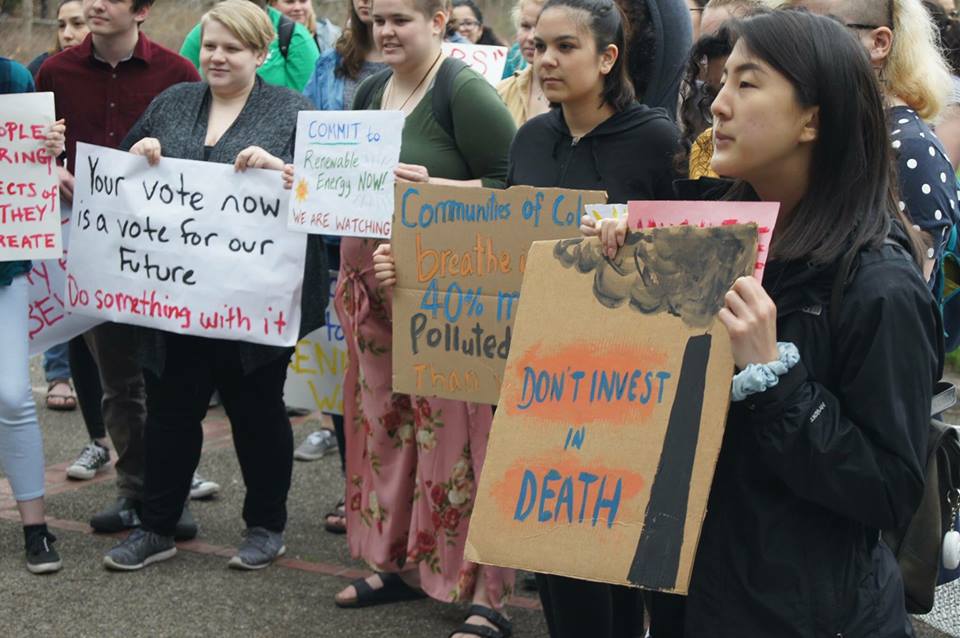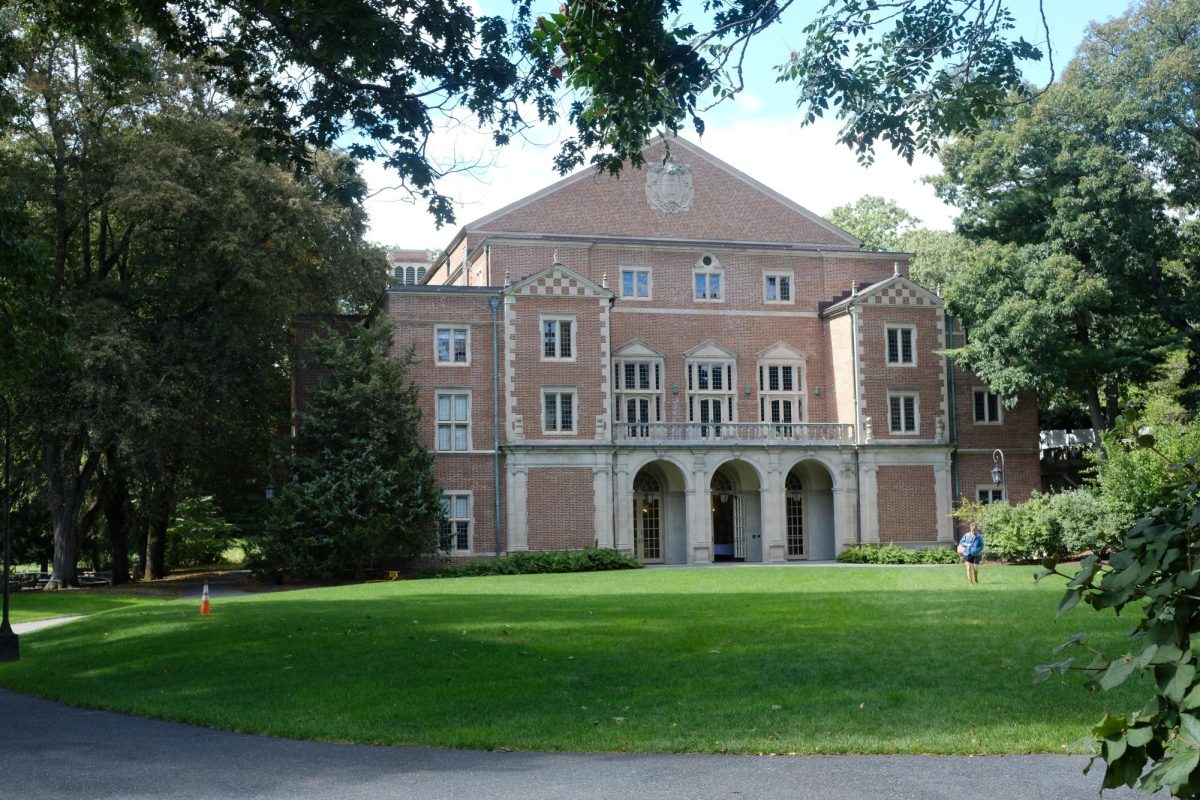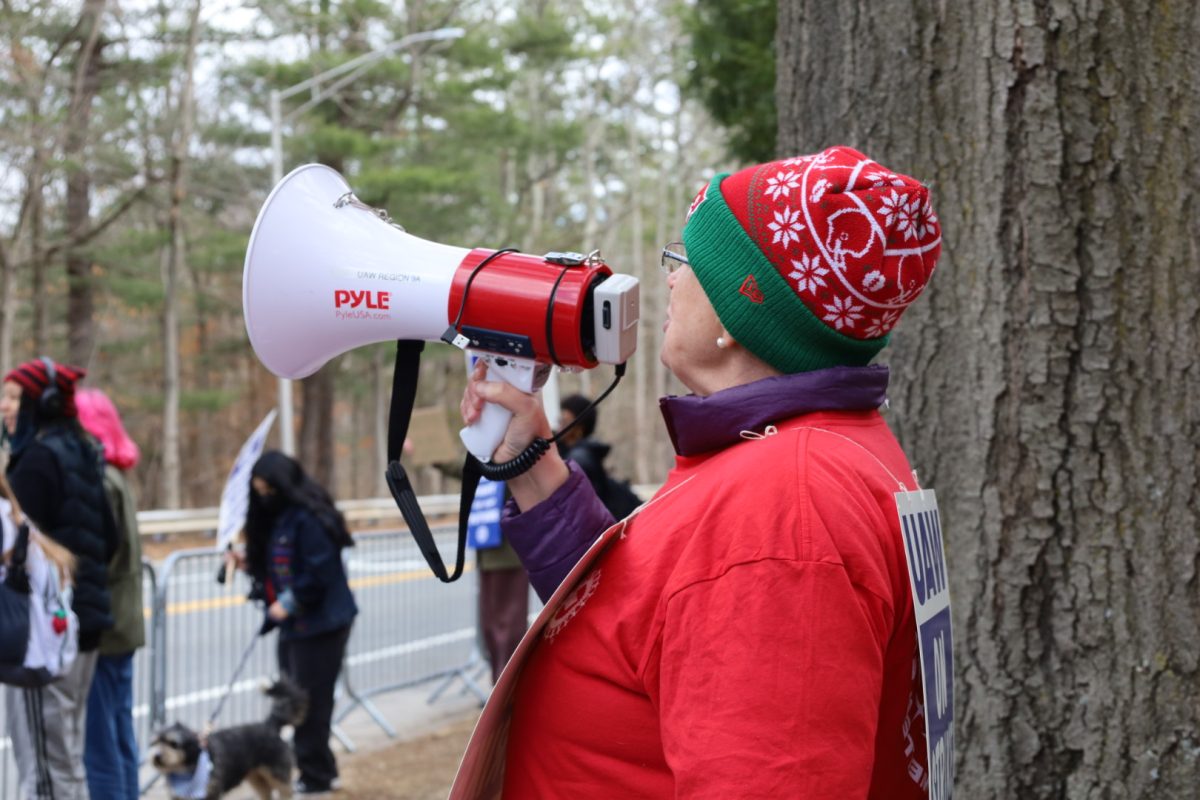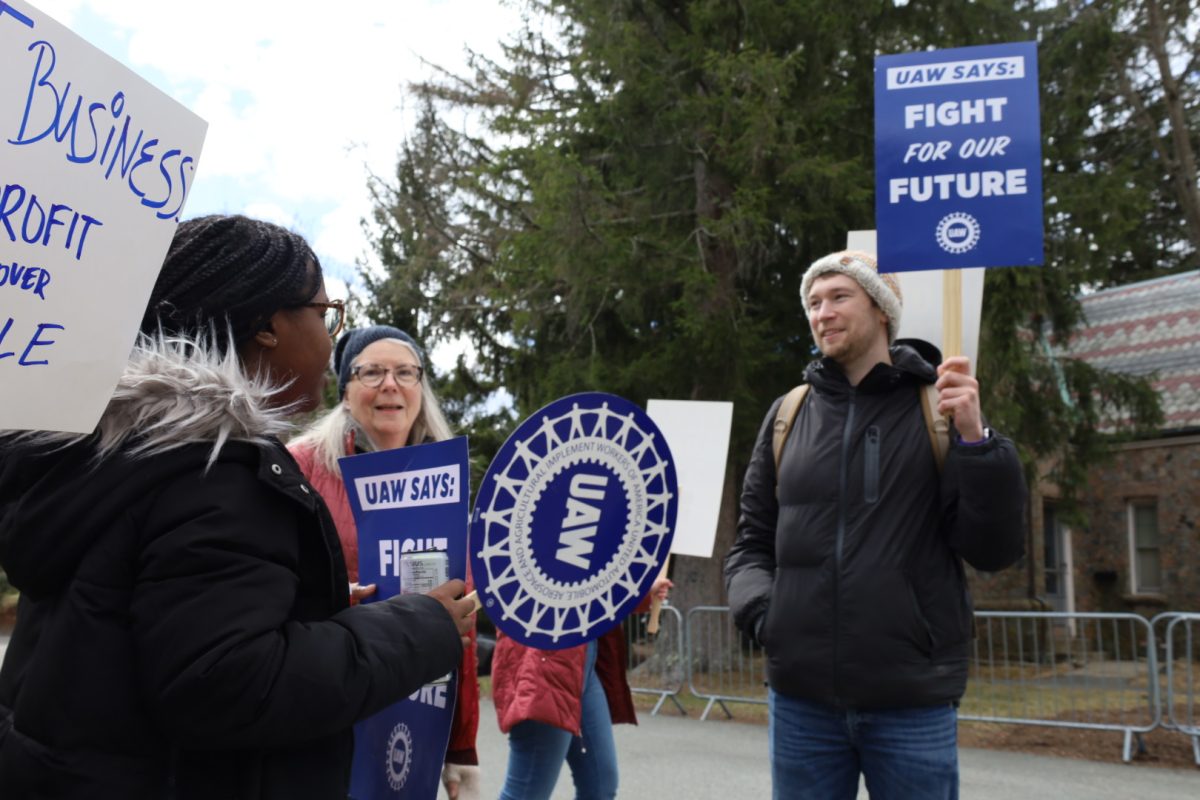On Nov. 25, members of Wellesley’s upper administration sent a school-wide email announcing the release of the new policy on demonstration and free expression on campus, which has been in the works since the interim policy was suspended in fall of last year. According to a joint statement to the Wellesley News from Provost Andrew Shennan, Vice President and Dean of Students Sheila Horton and Assistant Vice President for Human Resources Carolyn Slaboden, the goal of the policy is to provide greater clarity and transparency for students regarding guidelines for demonstrations and protests and inform students of their rights to lawfully protest, given that we are on Wellesley’s private college campus.
Prior to the interim policy, the College, unlike many similar institutions, did not have a demonstration policy. While the interim policy was intended to mitigate this lack, community backlash prompted its suspension by Wellesley President Paula Johnson in September of last year. According to the joint statement, in order to address concerns community members had over the timing of the policy’s release and the process by which it was created, the school assembled a team of approximately 14 students, including student activists and members of College Government, to work with Provost Shennan, Dean Horton and Slaboden to create a policy with more community input than the former version.
According to the joint statement, there are numerous changes from the interim policy to the new version. The main concerns with the previous version was the intense legalistic focus and the use of campus police as the main advisor to would-be protests. The new policy addresses these concerns and limits the use of campus police only in situations in which violence or threats of violence are present.
The new policy begins by outlining “fundamental principles” that emphasize the role of freedom of expression and peaceful protests on campus, but draws the line at actions that “threaten safety, suppress others’ right to speech or disrupt the education of Wellesley students.” The document goes on to say that students are required to inform the school two days before the event via the Office of the Dean of Students, the Office of the Provost or the Office of Human Resources. Additionally, the school included a list of seven pieces of information students are required to provide when notifying the College including time, location and contact information of the organizers.
The guidelines go on to state that the administration reserves the right to modify any protests that they are made aware of that infringe on one of the aforementioned limitations, such as those blocking access to facilities or using bullhorns in buildings. Furthermore, it outlines several forms of protest that are explicitly prohibited, including the use of weaponry or drawing on building with chalk. Responses for rule violations are also included. According to the text, the first action the school will take is direct contact from a “designated college official” with protest organizers, and if the behavior continues the violation will be “addressed as appropriate.” This extends to incidents of civil disobedience, and according to the initial email, students who engage in this act cannot “presume to avoid all consequences.”
“We hope that Wellesley students will understand that our goal has always been to support the rights of our community to express their views on issues of concern,” the joint statement said. “This policy is not intended to prevent demonstrations but to provide greater clarity about the College’s handling of them.”






